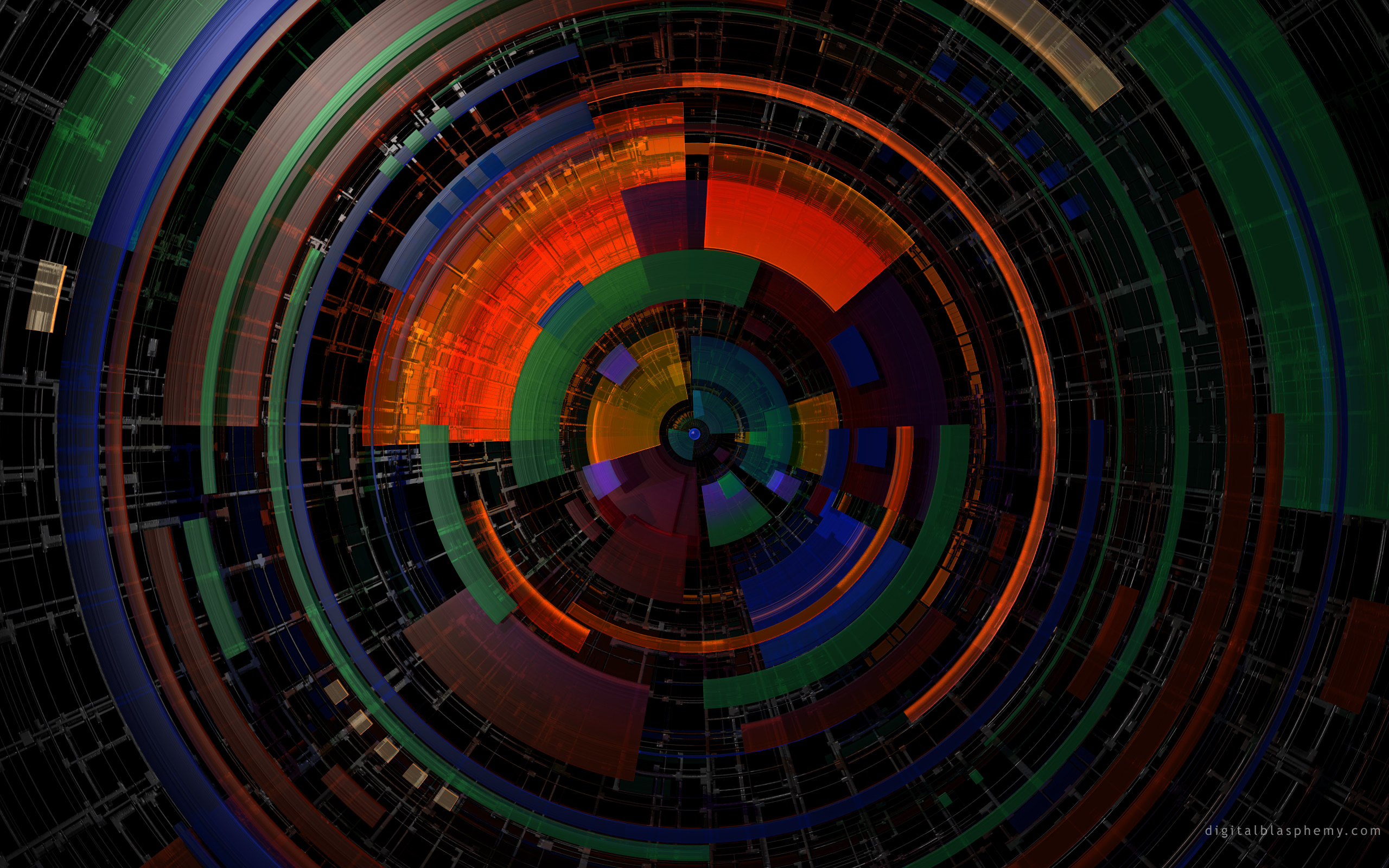COLOUR SPACE
8-BIT vs. 10 BIT FORMATS
Video formats are either 8-bit per channel or 10-bit per colour channel. The 8-bit formats have 256 steps from black to white, and 10-bit has 1024 steps (I mentioned this ideal when relating to Log material within the film section, however most HD cameras are linear and have a different colour space to film). This extra detail can improve video quality when the source is heavily processed during editing, colour correction or post-production.
There are many different colour spaces within the DI field and being aware of them is something you need to understand. You may need to convert particular imagery back to Log, forgetting can ruin a filmout if there is a technical glitch. Colour information can be expressed in RGB values, whether the colour is at the point of capture (for example, image sensor or negative) or at display (for example, CRT monitor or projector).
Television historically uses a different colour space, known as YUV or Y'CbCr, representing brightness, or luminance (Y), and the colour difference signals (Cb,Cr). This Y'CbCr colour space is better suited to describe the way colour is perceived.
Video may use one of the following Rates:
-
4:4:4. Y, Cb, and Cr are sampled equally along each field or frame line with one Cb sample and one Cr sample for each Y sample. High-end video editing systems use 4:4:4, often together with uncompressed video.
-
4:2:2. Y is sampled at every pixel, but Cb and Cr colour information is only sampled at every other pixel. While this sampling rate significantly reduces the bandwidth requirements, only a slight loss of colour fidelity occurs. Many systems process this level of colour information.
-
4:1:1. Y is sampled at every pixel, but the Cb and Cr colour information is only sampled at every fourth pixel, saving even more bandwidth. This sampling rate is used in consumer DV cameras, to give you an idea of what it looks like.
-
4:2:0. This sampling rate uses a different technique known as a spatial sampling that takes a 2 x 2 square of pixels. (To be fair I’ve never ever come across this)
To add other complexities the values of Y, Cb, and Cr are displayed somewhat differently with HD formats than with standard definition (SD) video formats. Specifically, HD formats use the SMPTE 709 color format instead of the standard SMPTE 601 color format.
RECORDING FORMATS FOR HD
Today, the HD industry uses a variety of digital tape recording formats for professional HD production, including formats developed by Sony and Panasonic. These formats use the existing physical tape formats of earlier standard definition formats, but with new compressed bit streams.
The following digital tape formats commonly used for HD recording:
- HDCAM SR player/recorder. Handles 1080/23.98psf, 24psf, 25psf, 29.97psf, 50i, 59.94i and 720p frequencies. HD SDI in and out, AES audio in and out, analogue audio in and out, timecode in and out, RS422 remote. SR function sample rate is uncompressed 4:2:2 or compressed 4:4:4 other than 3:1:1 in standard HDcam. Requires dual-link SDI to record the image/data back to a recorder or server.
- HDCAM. The Sony HDCAM format supports 1080 resolutions at frame rates of 24p, 25p, 50i, and 60i. HDCAM stores the video at 1440 x 1080, which is a 33 percent reduction horizontally from 1920. It also uses a unique colour sampling of 17:6:6, which means that HDCAM has only half the colour detail of other HD formats.
- D5-HD. The Panasonic D5-HD format uses the D5 tape shell. Unlike HDCAM, D5-HD can do 720/60p, 1080/24p, 1080/60i, and even 1080/30p. D5-HD compresses at 4:1 in 8-bit mode and 5:1 in 10-bit mode, and supports 8 channels of audio.
- DVCPRO-HD. This Panasonic HD format, sometimes called D7-HD, is based on the same tape shell used for DVCAM and DVCPRO. D7-HD does 720/60p and 1080/60i, with 1080/24p in development. It uses 6.7:1 compression, and supports 10-bit input and output per channel. DVCPRO-HD supports 8 channels of audio.
- HDV. This format is one of a number of emerging formats that are being used in lower-cost cameras. HDV was introduced with JVC which records highly compressed MPEG-2 on a mini DV tape.






